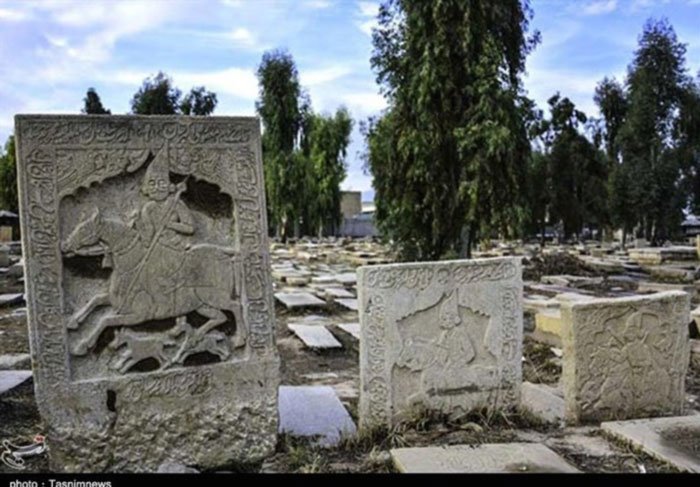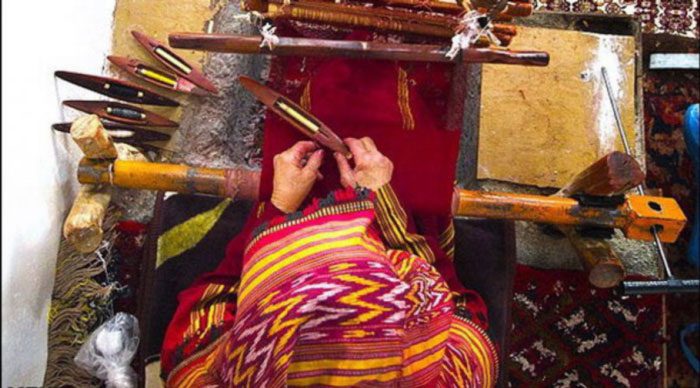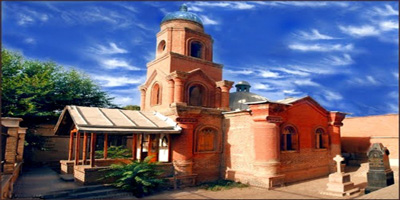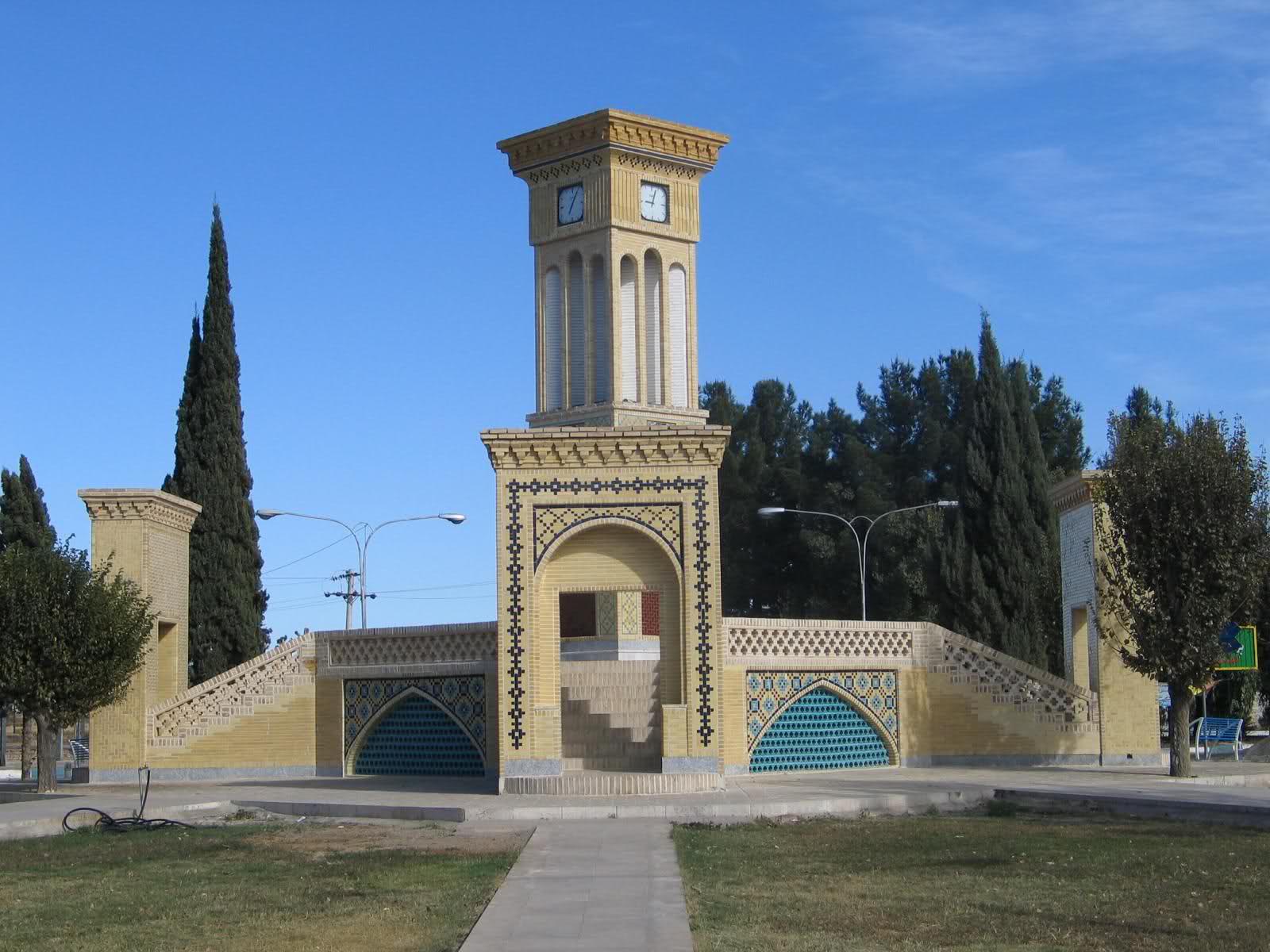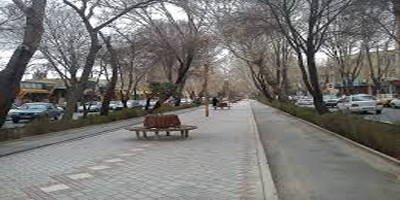Varzaneh; A Mesmerizing Town in Central Iran
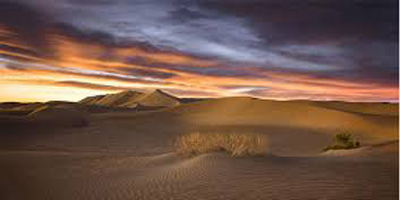
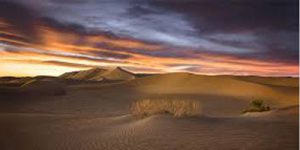
The town of Varzaneh is located to southwest of the city of Nain in the east of the central Iranian province of Isfahan.
Most men in Varzaneh are farmers, and women weave fabrics and rugs. The city of Varzaneh has a new quarter and an old one. The new quarter is known as Imam Jafar Sadiq town and is located on the north of Zayanderud river. The old quarter is located on the south of Zayandehrud where a ditch used to lie.
As Varzaneh is a small town, it is possible to just walk by to see its visitor sites such as historical places and handicrafts workshops. However, you need a vehicle to get to Gavchah, the Shotor (camel) windmill, Gavgerd and the Qoortan castle. It would be a great joy to visit the Mirmiran house, underground water storage chambers belonging to the Safavid era, the anthropology museum, etc., as well as the white-clad people with the Pahlavi-Sasani dialect.
As women in Varzaneh wear white chadors rather than black ones, Varzaneh is known as the whitest city of Iran. There are different opinions as to why women there wear white chadors. Some believe they wear white chadors to protect against sweltering summer heat in this desert region.
The handicrafts of Varzaneh include Kar-weaving and tablecloth-weaving. Kar-weaving has existed since the Timurid era and was once very popular in Varzaneh. However, this beautiful art is slipping into oblivion with the encroachment of industrial fabrics. The fabrics made by Kar-weavers are used as special cloth for keeping bread, wrapping brides’ dowry items, white chadors, shrouds, etc.At the moment, there are 16 half-active home workshops for Kar-weaving where all weavers are old women. The fabric made by Kar-weavers come in five colours.
The Varzaneh desert, which is the closest desert to Isfahan, contains large expanses of sand dunes in different shapes. The landscapes of sand dunes are so mesmerizing that you will hardly forget them. The desert is also known as a place where the earth and sky meet. Late autumn and early winter are suitable times for touring deserts as the sweltering heat subsides and deserts turn into ideal places for tourists. Deserts are good places to experience excitement, beauty and silence all at once.
Varzaneh Desert
Two Men are Hiking on sand dunes, Varzaneh, Isfahan
Very silent Varzaneh sand dunes, close to Varzaneh historic town, are 5-62m high. The average height of sandy dunes is highest between deserts of Iran. So, it makes the landscape spectacular and a great place for meditation, sandboarding, and paragliding in Iran.
More importantly, there is no regular transport from Varzaneh to the desert, which is just 15km away. However, taxis would be quite cheap to take you to desert.The sand dunes usually do not move considerably, that is to say, you can camp for several nights there, having an easy access to town. However, please note that except for late spring and summer, the temperature often drops below 10°C and to 10 degrees below freezing in January and February), due to the lack of humidity. Thus, you would need sleeping bags if you want to camp there. The desert is about 50km long in diameter. In Summer, just avoid being in the desert from 11 a.m. until 4 p.m. The rest of the day is as you sweat easily in such dry climates, and it really helps.
Varzaneh Salt Lake
Another interesting spot is the salt lake, which in fact was belonging to Gavkhooni ecosystem, being the southwestern part of the wetlands. It is more than 15km² in the area and the salt plain stretches to the wetlands. There is a part of that which locals are mining salt from. It is very glorious and attractive to many tourists when they see a blue sky with the purely vast white ground. There is a short road to Salt Lake from Varzaneh, which is not asphalt, unfortunately. Therefore, people willing to visit the salt lake, take the Shiraz road from Varzaneh for about 40km, reaching to Khara village. Then from Khara, you have about 15 km in a specific road for the salt lake. Starting from 10 km in the latter road, you will see the signs of a big salty area until 15km afterward.
Jame Mosque of Varzaneh
The Jame Mosque of Varzaneh was built initially in 1100 AD. But, three centuries later, in the Timurid era, it was extensively renovated. Its splendid Mihrab and all the tile designs at the entrance of mosque and around the Mihrab make the mosque a very special one in this region.
You do not need to pay to visit this 600 years old mosque. However, you should not visit during prayer times, which occur three times a day, if you do not wish to say prayers with the locals. You would be better to wait for some minutes, to let the local people leave the mosque, and then visit the mosque. The door is open from the very early morning, until 1 hour after sunset. Though, if there is an occasion, including celebrations, the memorial service of a recently deceased, etc, then the mosque might be a bit occupied for a couple of hours. If there is such a specific occasion, or in the time of the call for praying, you would be listening to a quite loud voice from the 20m high minaret of the mosque and audible from almost all of the town. That is actually a function of Jame mosques in Persian post-Islamic age. In particular, on Friday noon, you could listen to the speech of the Imam speaking about religion and recent social, political issues. Like any other religious centre around the world, from churches to temples, to enter such mosque wearing modest clothes is necessary.
The dome and the minaret of the mosque is clear from almost everywhere in town, therefore it is easy to reach. It is in fact located in the very centre of town.

